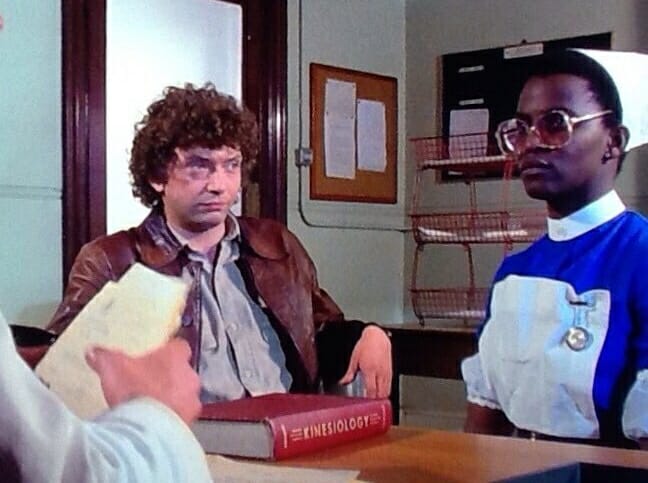Time Travel in Search of Sarah
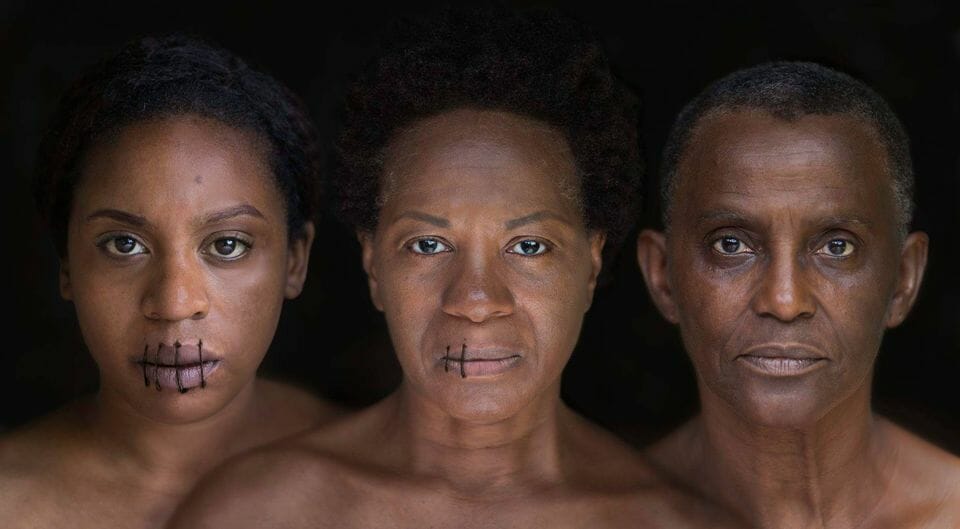
Actress, director, and writer Anni Domingo invites you to a time-travel journey to an unfamiliar time and place with a historical fiction, Breaking the Maafa Chain—her debut novel.
BY ANNI DOMINGO
Historical fiction made me a time traveller. Breaking the Maafa Chain, my debut novel, narrated by two characters one real and one fictional is set in West Africa and in Victorian England. From the beginning I wanted the reader to travel with me through the veil of time, into the imagined inner lives of real people and imaginary people, of real times and places. I knew that the novel would be set in the Victorian era but how do I bring Sarah, a real-life historical character and Faith, her fictional sister into that fictional form?
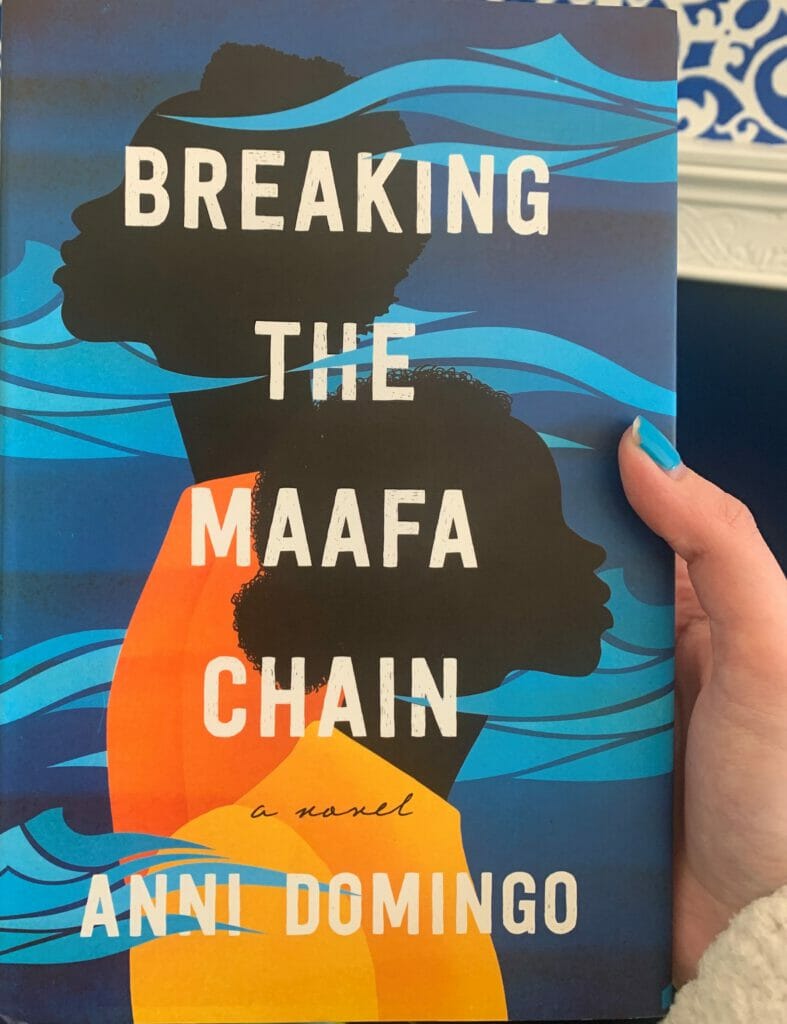
The novel tells the story of the two sisters, Salimatu and Fatmata, the daughters of a Chief of a West African village. In the mid-nineteenth century, captured in 1848 from their homeland and sold separately into slavery. Although slavery was abolished for over two decades at the time in which the story is set, the illegal capturing, buying, and selling of humans persisted. Sarah was enslaved by the King of Dahomey, but later ‘rescued’ in 1850 by Captain Frederick E. Forbes of the Royal Navy. Captain Forbes was visiting Dahomey on a mission on behalf of the British Government of Her Majesty, Queen Victoria to negotiate clamping down on the slave trade. During his trip, King Ghezo of Dahomey ‘gifted’ a young girl, Salimatu, to Queen Victoria. She would later be renamed Sarah Forbes Bonetta – taking on Captain Forbes last name and his ship, the Bonetta and becoming an African princess, Queen Victoria’s goddaughter.
These are facts but there is more than this to Sarah Forbes Bonetta. Breaking the Maafa Chain intertwines facts from Sarah’s life with fiction. Fatmata later named Faith to slavery in America, Sarah eventually to England. To tell the story of these two remarkable young women I have to time-travel, not only to an African village but also to Victorian England around 1850.
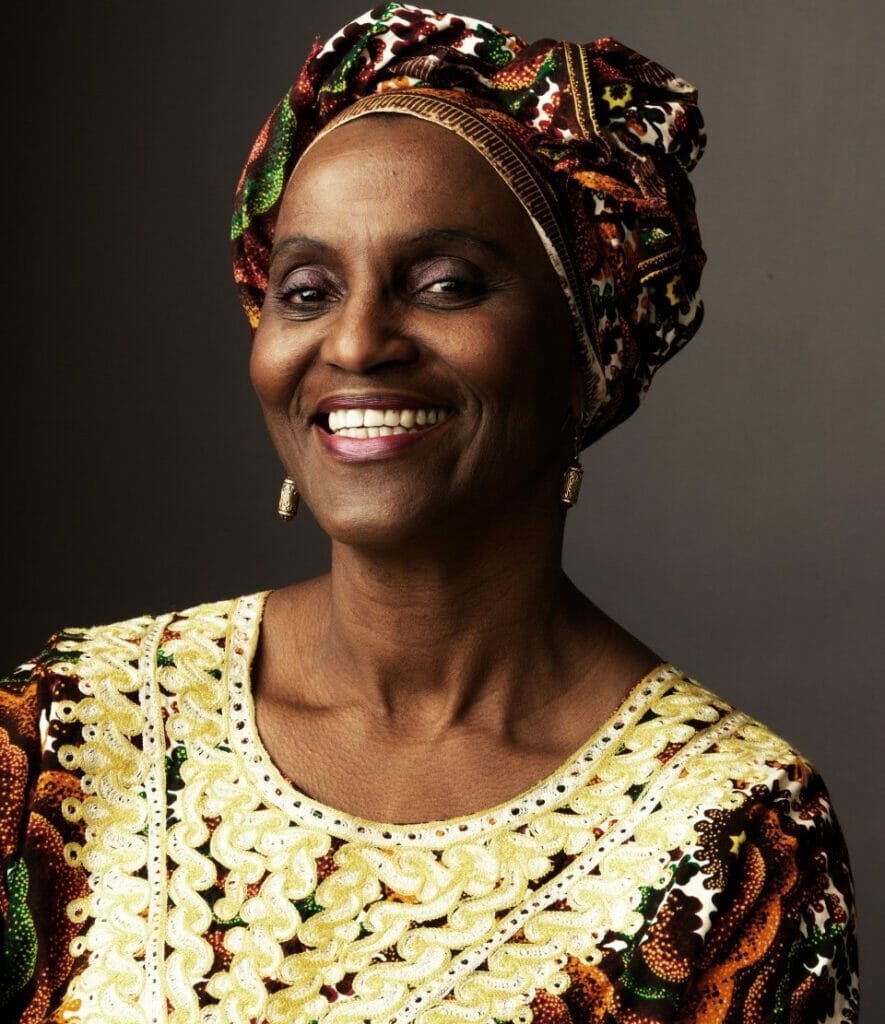
Historical fiction is a genre that seeks to create imagined stories or characters within historical contexts. It allows readers to immerse themselves in a historical time-period, whether the story follows real people, events or not. These novels capture the details of the time as accurately as possible for authenticity, including social norms, manners, customs, and traditions.
I have always been interested in history and historical fiction. They transported me into other worlds, other places, other times. I read Jean Plaidy’s historical fiction books to learn about England’s Kings and Queens. Georgette Heyer led me into the Regency period. There was The Bronte Sisters, George Elliot and Charles Dickens. Not to mention the ones set in Africa, Chinua Achebe’s Things Fall Apart, Alan Paton’s Cry the Beloved Country, Wole Soyinka’s The Interpreters.
Then there was Graham Greene’s Heart of the Matter. This prize-winning novel is set in Freetown, Sierra Leone, the city where I lived, fascinated me. This was not about Kings and Queens, or countries far away, this was my home. I read and re-read the novel to see my hometown from a different angle, through different eyes. I wanted to pick out what was true and what was fiction. Heart of the Matter Graham Greene took me on a journey. I travelled back in time, to a period before I was born.
But how do I make the past present, how make it come alive? The answer I realised was research. I have read biographies, history books, and historical fiction from an early age. In a way, I had already spent years researching without knowing it. My first thought was, how long does it take to research a historical novel? I found this a difficult one to answer because for a start I did not know how long the book was going to be. What I do know is that I love research and I tell myself to be careful of how much time I spend on it. I could go down many interesting paths, keeping me away from getting down writing the story.
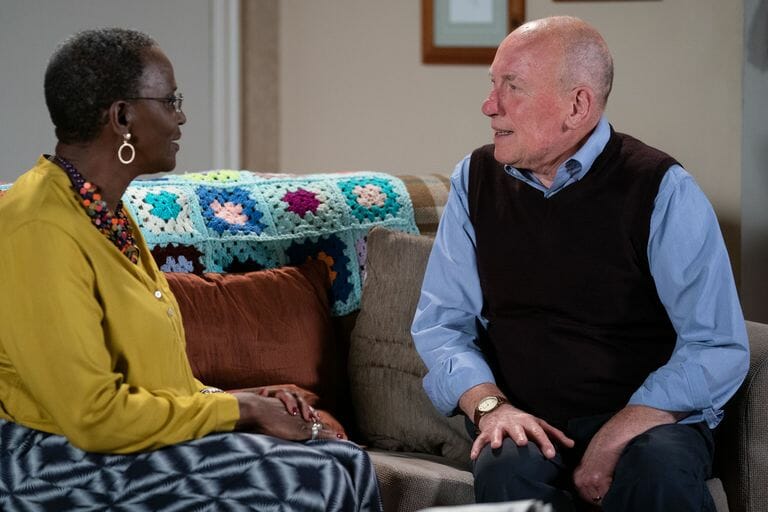
Historical fiction is more about the setting than the events. I need to know my setting well! I have my two protagonists, now I have to decide on the starting point for my research. In fact, I decide that I will not call what I had to do research as it made something so exciting sound dry and academic. I will call it time-travelling, to meet Sarah Forbes Bonetta and her sister Faith.
Writing historical fiction cannot be rushed. First, I must know my setting and get a general broad view of the time period, of main incidents, presidents, major political events, wars, natural disasters and see what impact all these things had not only on Sarah and Faith but on all those that are around them. I must remember that though I might know what happened historically, my characters do not, any more than I would know what will happen to me tomorrow or next week or next year. People only ever see some of what occurs, and their view will be partial and prejudiced according to their background and beliefs.
From the start I knew I could not cover every aspect of a historical event or try to explain it objectively. In fact, I had to be biased. I always have a notebook with me. I compile notes through loose leaf notebook pages, post-its, even the backs of receipts. Eventually keep track of my notes by keeping them in one place on my computer in a word document, so that I could slowly integrate the facts and dates and things I learn into my manuscript.
To start on the time travel journey. I need to find a unique way to access my story and the period rather than just retelling a story that might already be known in some way. Writing about real people and events, I need to find a way of looking at facts then write a fictionalised version of the true story, filling gaps of things that the reader might not know. I go into my time-travel with enthusiasm and immerse myself in the settings, both in the world of an African village and Victorian England. I make no assumptions because that could lead to inaccuracies. I check and recheck facts, dates, names, political and social situation, who was prime minister, what was the weather like on that day, week or year, everything.
I read many books set in a similar time-period. The characters must sound authentic, but understandable. Some well-chosen words of the period and the different cadence of speech can go a long way. I always try to source something from several places, though, rather than taking one person’s word for it. I do some of my research from my computer, scouring the Internet to discover what I need! I watch YouTube videos and read articles. I go to the library to check out books of that period for both primary and secondary sources. It is so heart-warming, to have a pile of primary source books in my hand, books by Charles Dickens, Illustrated News, Newspapers, most importantly Queen Victoria’s diary. This became my bible. Secondary sources books written now, on slavery, West Africa, Nigeria, Food, birds, plants, distances, names of villages, was helpful too.
Although the world is already there, I slowly start to build the world of the story on the page. The time, place and situation shape my character and informs how they act in any given situation. showing the concerns, prejudices, and values of the time. I am soon fully immersed in the culture, societal standards, religious status of the day, and fashion. Description is how the reader engages with the world in a sensory way. It must be immersive, my descriptions, allowing the reader to feel as though they are there in that world.
